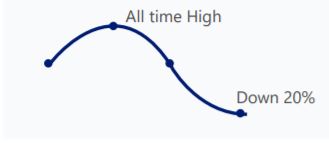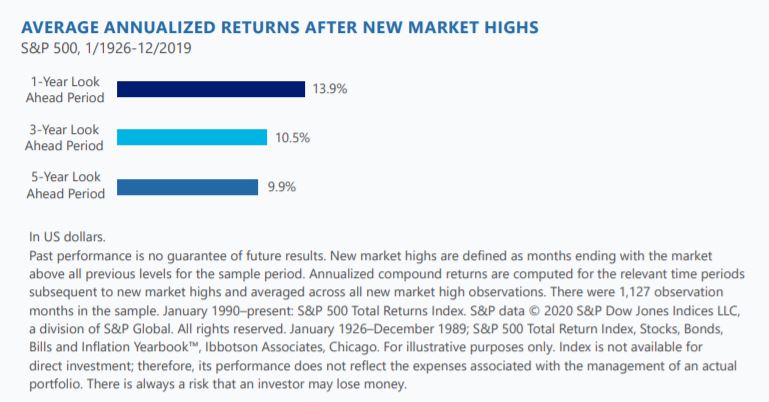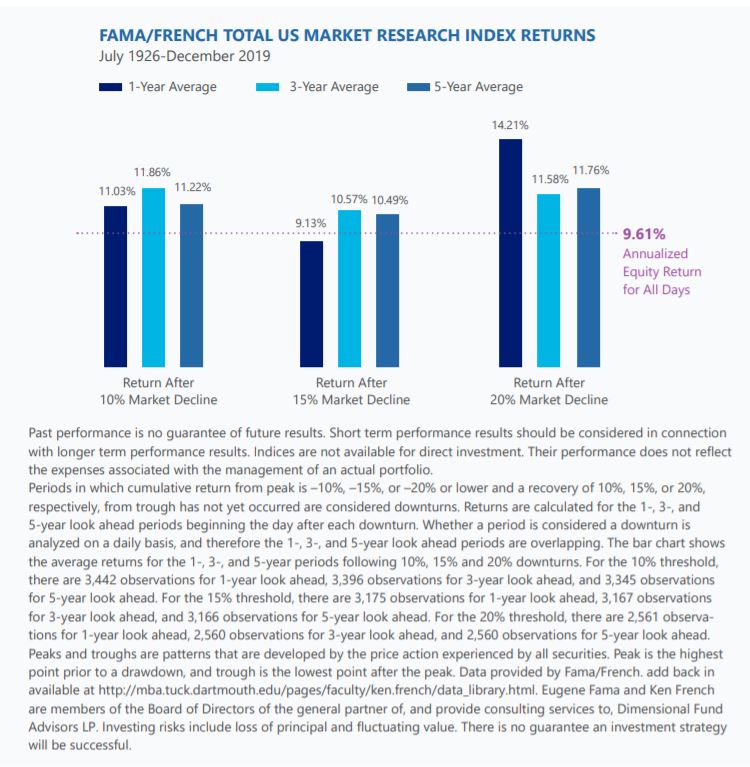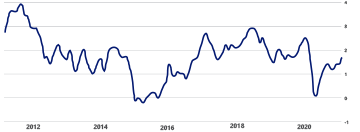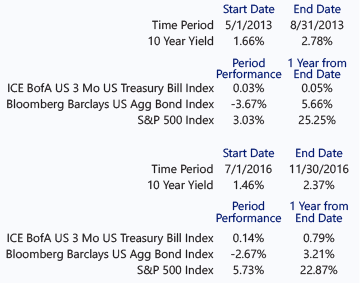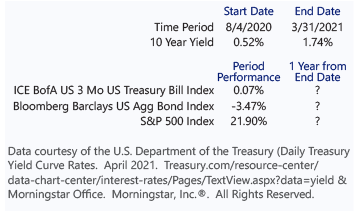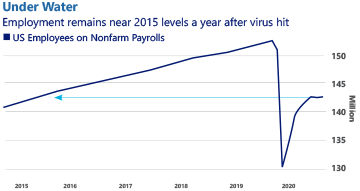You have likely been saving, investing, and planning for retirement for years, if not decades. Having a workable and flexible financial plan is essential as you approach the end of your working career. But retirement readiness also includes non-financial planning or life planning. What are you going to do once you reach your goal? Retirement is a major lifechanging event that will require an emotional adjustment.
Hopefully your retirement will be filled with many rewarding and productive years. However, just like other phases of life there will be bumps along the way. Retirement is a whole new chapter of your life; it isn’t a permanent vacation. You will likely experience a range of emotions. There will be a sense of joy and freedom as you pursue travel, hobbies, and more time with family and friends. There can also be concerns surrounding no longer working as you transition from saving for the future to instead spending what you’ve saved. You might also experience a feeling of letdown after so many years working and planning, this can lead to loneliness, boredom, and disillusionment.
Most major life-changing events involve an ongoing process of emotional adjustment. Retirement is no exception. Retirees must face what is essentially the last transition of their lives. Typically, you will move through a 6-Step process when dealing with this transition. At some points you may be in two phases at once, others might skip a phase entirely. No two retirement journeys are exactly alike. Flip the page for a more in-depth look at each phase and the characteristics associated with it.
Considerations as part of your Life Planning:
- Are you retiring “to something” or “from something?”
- Is your identity tied to your career?
- Is your social network primarily your coworkers?
- What will your daily schedule look like in retirement?
- What will your home look like? What will you do with your free time?
- Travel
- Enjoy Hobbies
- Start A New Career
- Volunteer
- Social Network
Pre-retirement – Planning Time
During your working years, retirement can appear to be both a distant goal and a cause for worry. You save for it, you might develop a financial plan for it, but have you devoted thought to what you will actually do once you reach your goal? Too often we get caught up in the busyness of our daily lives: kid’s activities, paying for college, paying down the mortgage, and having fun too. It is hard to focus on the future, when there are so many demands on our time today. The default concern becomes making sure that enough money is allocated to long-term savings each year. If you are looking for a better transition from working to retirement, sketch out a flexible plan on how you anticipate spending your time.
The Last Day – Smiles, Handshakes, Farewells
By far the shortest stage in the retirement process is the last days of work. This is often marked by some sort of dinner, party, or other celebration. In some respects, this event is comparable to a marriage ceremony, a new chapter of life has started, off to the honeymoon…
Honeymoon Phase – No More Alarm Clock
Of course, honeymoons follow more than just weddings. Once the retirement celebrations are over, a period often follows where retirees get to do all the things that they wanted to do once they stopped working: travel, indulge in hobbies, visit relatives and so forth. This phase has no set time frame and will vary depending upon how much honeymoon activity the retiree has planned.
Disenchantment – So this is it?
The emotional high of the retirement has worn off, now the day-to-day reality of the new situation is visible. The big question becomes: How am I going to be productive in retirement? After looking forward to this stage for so long, many deal with a feeling of disappointment. Now is the time to address the needs of daily living, the honeymoon is over. This phase can also be associated with loneliness, monotony and feelings of uselessness.
Reorientation – Building A New Identity
Fortunately, the disenchantment phase of retirement doesn’t last forever. Retirees begin to familiarize themselves with the landscape of their new circumstances and navigate their lives accordingly. This is easily the most difficult stage in the emotional retirement process and it will take both time and conscious effort to accomplish. Self-examination is required: “Who am I, now?” “What is my purpose at this point?” and “Am I still useful in some capacity?” It is important to develop satisfactory answers to these questions. One way to get started is to set small goals. Working on goals can give you a sense of purpose. Accomplishing new things can give you a sense of achievement. Unfortunately, some retirees never exit this stage. If you find yourself struggling seek advice from experts, friends, or family.
Routine – Your New Normal
Finally, a new daily schedule is created, new marital ground rules for time together versus time alone are established, and a new identity has been at least partially created. Eventually, the new landscape becomes familiar territory and retirees enjoy the last phase of their lives with a new sense of purpose.
The Bottom Line
“People can maximize current enjoyment partly by spending time and other resources to produce ‘imagination capital’ that helps them better appreciate future enjoyment.” Life planning is important to a successful retirement. Those that have given serious time and thought to what they will do following retirement will generally experience a smoother transition than those who haven’t planned. It is never too soon to begin mapping out the course of the rest of your life.
Source: “The New Retirement Mindscape,” Ameriprise Financial Inc.
1G. Becker Cambridge, MA Harvard University Press
All investment advisory services and fiduciary services are provided through Conrad Siegel Investment Advisors, Inc. (“CSIA”), a fee-for-service investment adviser registered with the U.S. Securities and Exchange Commission with its principal place of business in the Commonwealth of Pennsylvania. Registration of an Investment Advisor does not imply any level of skill or training. CSIA operates in a fiduciary capacity for its clients. Investing in securities involves the potential for gains and the risk of loss and past performance may not be indicative of future results. Any testimonials do not refer, directly or indirectly, to CSIA or its investment advice, analysis or other advisory services. CSIA and its representatives are in compliance with the current notice filing registration requirements imposed upon registered investment advisors by those states in which CSIA maintains clients. CSIA may only transact business in those states in which it is noticed filed, or qualifies for an exemption or exclusion from notice filing requirements. Any subsequent, direct communication by CSIA with a prospective client shall be conducted by a representative that is either registered or qualifies for an exemption or exclusion from registration in the state where the prospective client resides. For additional information about CSIA, please refer to the Firm’s Form ADV disclosure documents, the current versions of which are available on the SEC’s Investment Adviser Public Disclosure website (www.adviserinfo.sec.gov) and may also be made available upon request.
